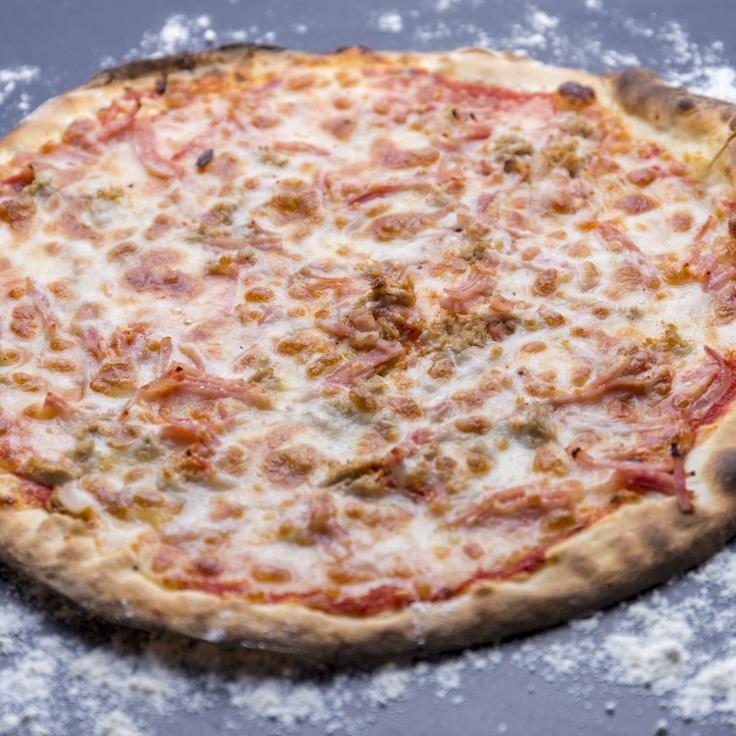Here at FreshValley, we're convinced that extraordinary pizza originates from extraordinary dough. With over thirty years of dough perfection, we're thrilled to impart some wisdom. While our exact mix must remain a company secret, follow these guidelines to craft pizzeria-quality dough within the comfort of your home.
The Significance of Flour
A superior pizza dough builds upon the use of premium flour. 00 flour, the Italian variety with a fine grind and moderate protein (typically 12%), offers an exquisite blend of pliability and resilience. Should 00 flour elude you, bread flour can serve as a replacement, although the result may vary slightly in texture.
Water's Temperature and Its Role in Dough
Water's temperature plays a crucial role in the fermentation duration and the dough's maturation. Utilize chilly water near 45°F (7°C) for extended fermentation, thus enhancing the taste, or opt for warmer water at 85°F (29°C) for a more rapid fermentation process. A hydration ratio falling within 60% to 70% is generally ideal for conventional home ovens.
Fermentation: A Delicate Balance
To achieve a dough rich in flavor, minimal yeast and ample fermentation time are essential. With a mere 0.2% fresh yeast in proportion to the flour's weight, our dough ferments over a span of 24-48 hours. This gradual fermentation cultivates intricate tastes and yields easier digestibility.
Salt's Dual Functionality
Salt not only imparts flavor—it also fortifies the gluten network and modulates fermentation. Introducing fine sea salt at a 2.5-3% ratio to the flour's weight is recommended. Introduce salt once the flour and water begin to amalgamate, thus avoiding direct contact with yeast.
The Craft of Fermentation
Post-mixing, the dough should undergo bulk fermentation at an ambient temperature for two hours, followed by its division into separate portions. Encase these portions in lidded containers and chill them for 24-72 hours. It is during this cold fermentation phase that enzymes convert starches into sugars, enriching flavor and promoting the crust's ideal browning.
Handling with Care
As pizza preparation commences, take the dough out of refrigeration 1-2 hours ahead of baking to acclimate it to room temperature. Gentle handling ensures the preservation of the developed air pockets. Favor fingertip pressing and stretching over rolling, which may deflate the pockets.
Heat: The Finishing Element
Despite our industrial ovens reaching 850°F (454°C), most residential ovens can only achieve around 550°F (288°C). Counter this by preheating a pizza stone or steel for a minimum of an hour, ensuring a potent blast of heat from below for that sought-after crunchy exterior and a fluffy center.
The path to mastering pizza dough is a continual learning experience. Each preparation provides insights into the art of dough-making. Document your observations, tweak the variables, and identify what yields the best results in your individual kitchen setup.
To witness our dough formation firsthand, attend our monthly pizza-making seminars where Chef Giovanni provides an in-depth look at these methods. For upcoming dates, remember to evaluate our schedule of events!

